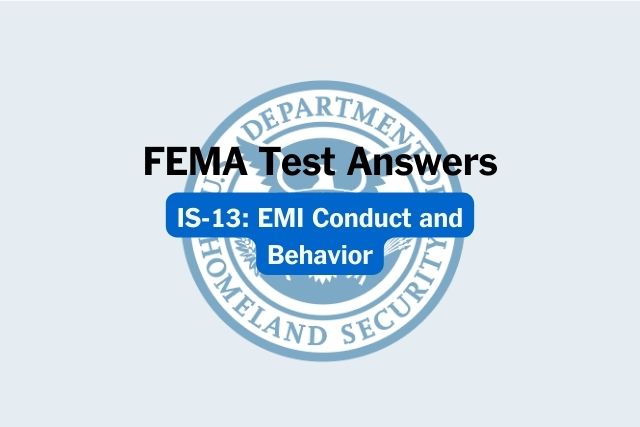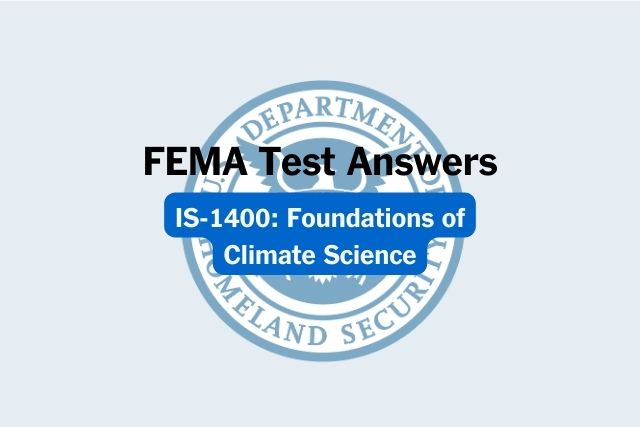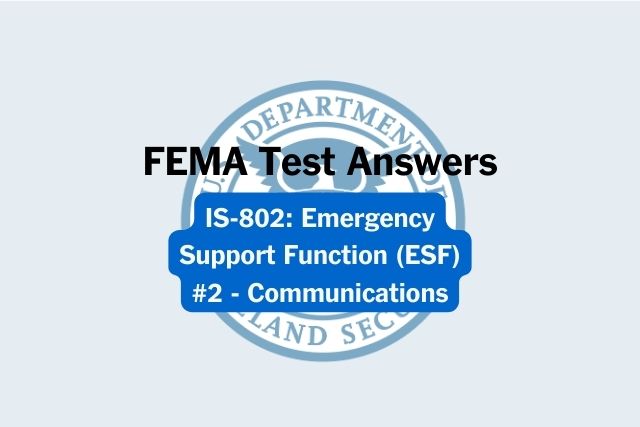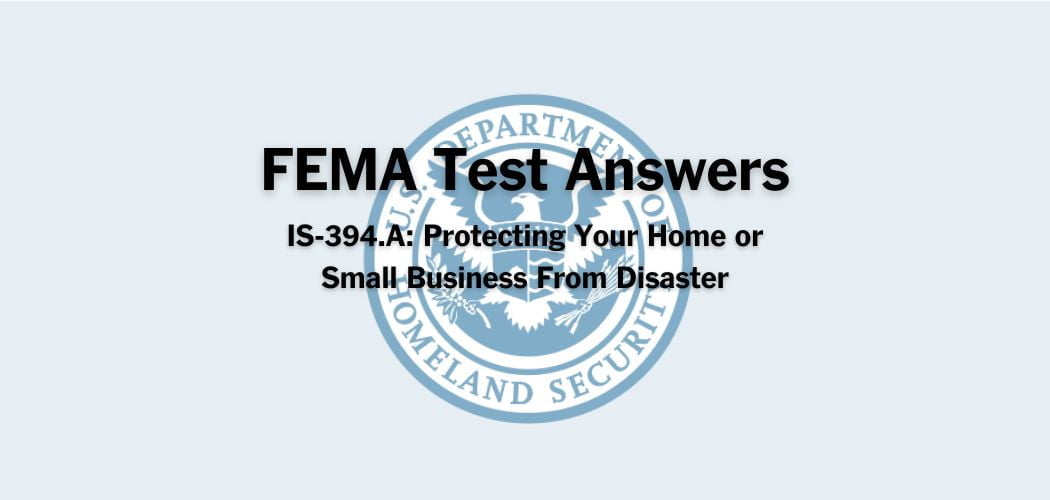Overview: The new FEMA IS-20 course was updated on January 4, 2024 to recognize the benefits of diversity in the workforce and FEMA’s commitment to valuing the diversity of its employees and customers.
By the end of FEMA IS-20, participants will be able to: define what is meant by diversity, describe how diversity benefits everyone, state FEMA’s vision of diversity, describe the agency’s commitment to diversity as stated in the Diversity Action Plan, describe how culture influences our interactions with others, and describe the actions you can take to optimize diversity.
FEMA IS-20 test answers
Each time this test is loaded, you will receive a unique set of questions and answers. The test questions are scrambled to protect the integrity of the exam.
Question 1. Something as simple as the way you introduce yourself can bridge cultural differences and improve understanding of disaster assistance programs.
A. True✅
B. False
Question 2. According to the U.S. Census Bureau, our population is becoming more racially and ethnically similar.
A. True
B. False✅
Question 3. Diversity is:
A. Part of mandatory quotas required by the Civil Rights Act.
B. Primarily the responsibility of specialists working in human resources and equal employment opportunity.
C. Related to race and ethnicity rather than internal aspects such as work experiences.
D. About being inclusive of individual differences such as communication styles.✅
Question 4. During the deployment of the disaster workforce, the Federal Coordinating Officer has the sole responsibility for fostering a positive and inclusive culture.
A. True✅
B. False
Question 5. If you make a cultural communication misstep, the best thing to do is to:
A. Explain the policy that justifies your actions.
B. Apologize and express a willingness to learn.✅
C. File a report to document the incident.
D. Avoid causing more harm by pretending that nothing happened.
Question 6. Review the statements below. Which statement is TRUE?
A. Reactions to disaster warnings are similar across cultures.
B. Cultural values remain constant and unchanging throughout life.
C. Recognizing generational traits are part of understanding workforce diversity.✅
D. Diversity is simply a matter of being nice to others.
Question 7. Groups with more diverse members are effective at solving difficult problems because they:
A. Share responsibility equally among group members.
B. Debate every small nuance of each issue or problem.
C. Leverage the different opinions and outlooks of the group members.✅
D. Establish a traditional leadership structure to facilitate rapid decision-making.
Question 8. Culture influences all of the following EXCEPT FOR:
A. Ability to empathize with disaster survivors.
B. Beliefs and reactions to situations.
C. Values that influence decision-making.
D. Notions of time.✅
Question 9. Diversity is generally defined as acknowledging, understanding, accepting, valuing, and celebrating the variety of characteristics that make individuals unique.
A. True✅
B. False
Question 10. All of the following are goals of FEMA’s Diversity Action Plan EXCEPT FOR:
A. Build a sustained leadership commitment to a diverse FEMA through education, accountability, and total workforce engagement.
B. Build, develop, retain and engage a diverse workforce.
C. Build a work environment that minimizes differences in perspectives and outlooks.✅
D. Build a work environment that promotes diversity and inclusion.
Other recurring FEMA courses
These courses currently have a “calendar-year” extension to allow FEMA staff to retake the course as a recurring requirement.
- IS-18.24: FEMA EEO Employee Course 2024
- IS-19.24: FEMA EEO Supervisor Course 2024
- IS-21.24: Civil Rights and FEMA Disaster Assistance
- IS-35.24: FEMA Safety Orientation 2023
- IS-37.24: Managerial Safety and Health
- IS-107.24: FEMA Travel Rules and Regulations 2024
- IS-246.24: Implementing the Federal Priorities and Allocations System (FPAS)



